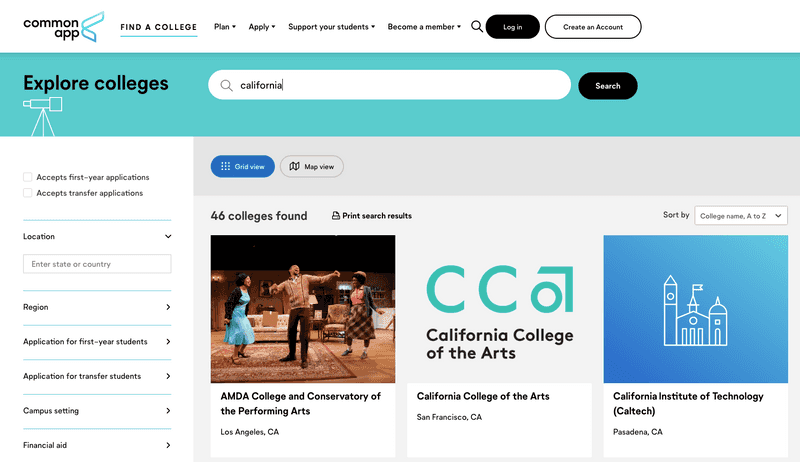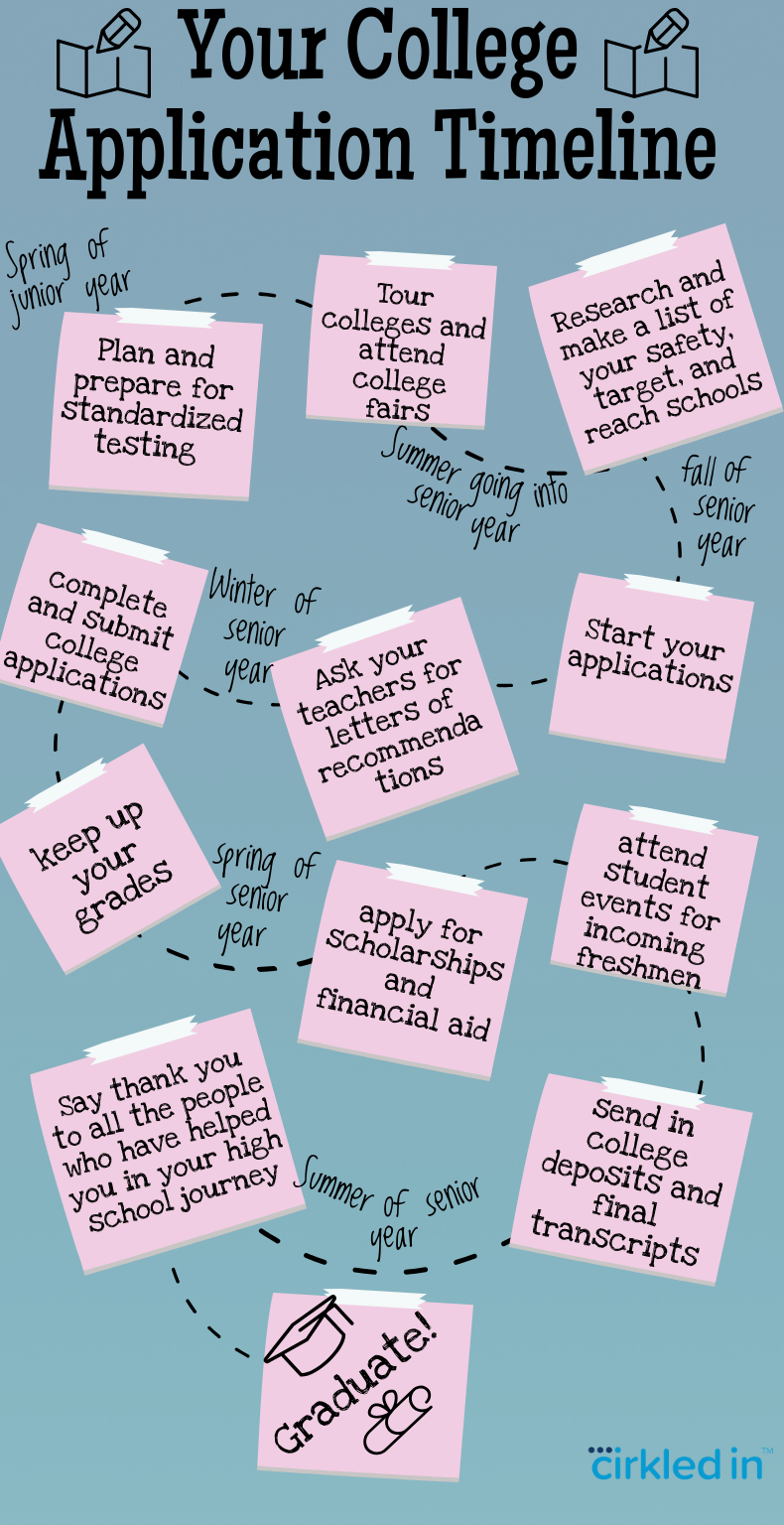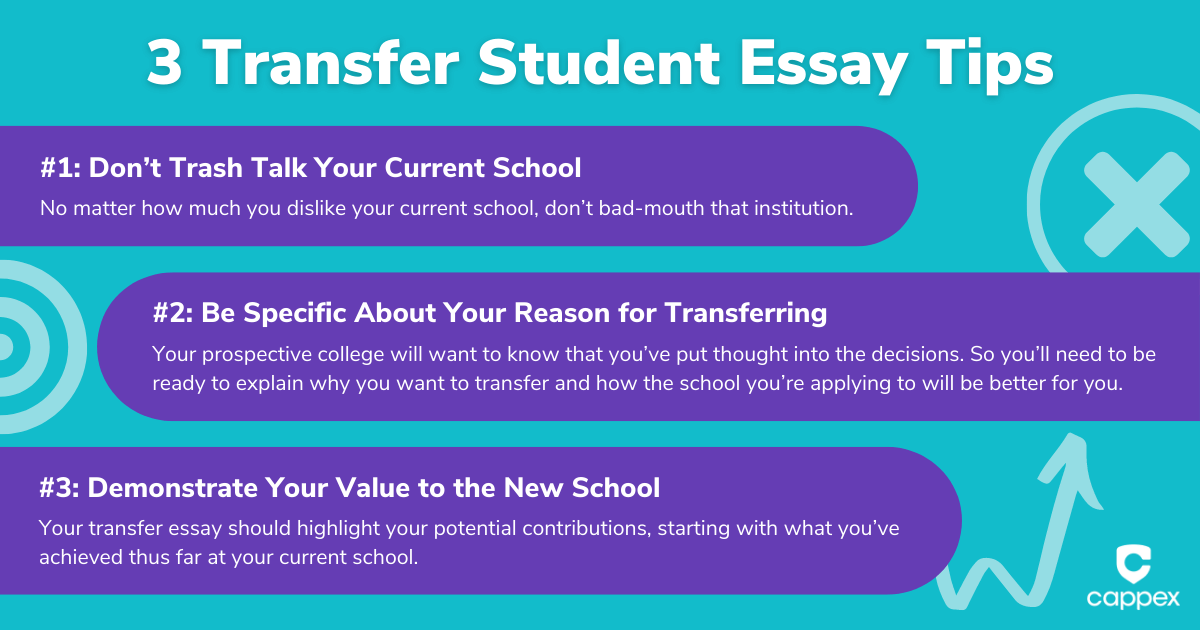Key Takeaways
Start by researching and choosing the right colleges to apply to based on your interests and goals.
Gather all necessary application materials such as transcripts and recommendation letters well in advance.
Understand the importance of crafting a compelling personal statement to showcase your uniqueness.
Keep track of deadlines and submit your applications on time, ensuring all components are complete.
After submission, prepare for possible interviews and stay proactive in following up with colleges.
Choosing Where to Apply
Deciding where to apply for college is like setting the destination for a journey. You wouldn’t start a road trip without knowing your endpoint, right? Likewise, before diving into applications, it’s crucial to figure out which colleges align with your aspirations. Think about what’s important to you: maybe it’s the size of the school, the available majors, or the campus vibe. And remember, choosing a college isn’t just about prestige; it’s about finding a place where you’ll thrive for the next four years.

“College Application Process …” from www.guidemeedu.com and used with no modifications.
Researching Potential Colleges
Once you’ve pinpointed what you’re looking for, it’s time to hit the books—or rather, the internet. Researching colleges might sound daunting, but it’s all about knowing where to look. Start with college search tools, which can filter schools based on your preferences. Check out colleges’ official websites, but also look for student reviews and virtual tours. These can give you an insider’s view of what life is really like on campus.
Here’s a tip: Make a list of your top choices, including “reach” schools (dream but less likely), “match” schools (good fit), and “safety” schools (likely acceptance). This way, you’ll have options no matter how the admissions cookie crumbles.
College Campus Visits (Before Applying v. After Acceptance)
Visiting campuses can be a game-changer. It’s one thing to read about a college and another to walk the grounds. If you can, visit your top choices. Take the official tour, but also wander around on your own. Chat with students, grab a meal in the dining hall, and sit in on a class if possible. This firsthand experience can help you feel out if the school’s atmosphere is right for you.
But what if you can’t visit? No worries. Many schools offer virtual tours, and you can connect with current students or alumni online. Reach out to admissions offices, too—they’re usually more than happy to help answer your questions.
Understanding Admission Requirements
Each college has its own set of admission requirements, and it’s vital to know these inside out. Requirements often include standardized test scores, a high school diploma, and a certain GPA. But they can also get more specific, like needing particular high school courses or extracurricular activities. Always double-check these details on the college’s admissions page to avoid any surprises later on.
Some colleges also have “holistic” admissions, which means they look at the whole you—not just your grades. They might consider your community service, leadership roles, or personal challenges you’ve overcome. So, if your test scores aren’t stellar, don’t lose hope. Your unique experiences and achievements can still shine through.
Preparing Your Application Materials
Alright, you’ve chosen your colleges. Now, let’s talk about what you’ll need to apply. Think of your application as a storybook about you. It’s not just a form to fill out; it’s an opportunity to introduce yourself to the admissions committee and make them remember you.
Gathering Your Transcripts
First up, transcripts. These are like the backbone of your application—they show your academic performance over time. Request your high school transcripts early to avoid last-minute panic. And here’s a pro tip: look them over carefully. Make sure there are no errors and that all your classes and grades are accurately represented. For more insight, check out these common app mistakes to avoid during your application process.
Some schools also want to see your senior year courses, so include a list of those if required. This shows colleges that you’re not slacking off after submitting your applications—you’re still challenging yourself academically.
Obtaining Letters of Recommendation
Think of letters of recommendation as the cheerleaders of your application. They give colleges a peek into who you are from someone else’s perspective—teachers, counselors, or mentors who know you well. But here’s the thing: you’ve got to be strategic about who you ask. Choose people who can vouch for your abilities and character, and make sure they can speak to your accomplishments with specific examples.
And because you’re a courteous and thoughtful person, you’ll give your recommenders plenty of time—ideally a month or more—to write a thoughtful letter. Provide them with a resume or a list of your achievements to help them craft a letter that really pops. And don’t forget to follow up with a thank you note. It’s not just good manners; it shows you appreciate their support.
Writing Your Personal Statement
Your personal statement is your spotlight moment. It’s your chance to tell your story, share your goals, and explain why you’re a great fit for the college. But don’t just list your achievements—that’s what the rest of the application is for. Instead, focus on moments that shaped you, challenges you’ve overcome, or lessons you’ve learned. And remember, authenticity wins. Write in your own voice and be honest.
Keep it engaging and make every word count. Admissions officers read thousands of these, so start with a hook that grabs their attention. And most importantly, proofread. Typos and grammatical errors can distract from even the most compelling story.
Submitting Your Application
Now comes the moment of truth: submitting your application. By now, you’ve poured your heart and soul into gathering materials, writing essays, and filling out forms. Before you hit that submit button, triple-check everything. Make sure you’re not missing any components and that all your responses are accurate. It’s like checking your backpack before a hike—you want to make sure you have all the essentials.
Most applications are due by January for regular decision, but if you’re applying early decision or early action, expect those deadlines to be around November. Mark these dates on your calendar, set reminders, and don’t wait until the last minute. Technical glitches happen, and servers can crash when everyone’s trying to submit at once.
Completing the Common App
The Common App is like the Swiss Army knife of college applications—it’s one form that you can send to multiple colleges. It streamlines the process, but it still requires attention to detail. Fill out each section carefully, from your basic personal information to your extracurricular activities. And make sure your essays fit the prompts for each school you’re applying to—some colleges require supplemental essays that are specific to them.
Submitting Supplemental Materials
Some colleges like to see a little extra—things like portfolios, research papers, or additional essays. These supplemental materials can give you a chance to showcase talents and interests that might not come through in the rest of your application. So if you’re an artist, a coder, or a budding scientist, this is your time to shine. Just make sure you’re only submitting what’s asked for—quality over quantity is the rule here.
Paying Application Fees
Application fees are the toll booths on the road to college. They can add up, especially if you’re applying to multiple schools. But here’s some good news: if the fees are a financial burden, you might be eligible for fee waivers. Check with your school counselor or the admissions offices of the colleges you’re applying to for information on how to apply for waivers.
Tracking Application Status
After you submit your applications, don’t just sit back and wait. Many colleges have portals where you can check the status of your application. Make sure all your materials have been received and that there are no missing pieces. If something’s amiss, reach out to the admissions office right away. Staying on top of things shows that you’re responsible and proactive—qualities that colleges love.
Next Steps After Submitting Applications
Submitting your applications isn’t the end of the road—it’s more like a rest stop. There’s still work to be done while you wait for decisions. This is the time to apply for scholarships, explore financial aid options, and maybe even start planning your dorm room décor. But also, take a moment to breathe. You’ve accomplished a lot, and that’s worth celebrating.
Preparing for Interviews
Not all colleges require interviews, but if they do, it’s another chance to impress. Think of it as a conversation, not an interrogation. Be ready to discuss your interests, your application, and why you think the college is a good fit for you. Practice with a friend or family member, and come prepared with questions of your own. It shows you’re engaged and genuinely interested in the school.
And remember, first impressions matter. Dress appropriately, arrive early, and bring your best self to the conversation. This is your opportunity to make a personal connection with someone from the college, and that can make a big difference in your application.
Monitoring for Decision Updates
Waiting for college decisions can feel like the longest part of the process. But stay positive and keep busy. Continue to excel in your schoolwork and stay involved in your extracurricular activities. If you get waitlisted, consider sending a letter of continued interest to let the college know you’re still passionate about attending.
Decisions usually start rolling in around March or April. Check your email regularly, and make sure to respond to any requests from colleges promptly. They may need additional information or documents to finalize your admission.
Responding to Acceptance Offers
When the acceptance letters start coming in, it’s time to make some choices. If you’ve been accepted to multiple colleges, weigh your options carefully. Consider factors like financial aid packages, program strengths, and campus life. And don’t forget to consult with your family and mentors—they can offer valuable insights.
Once you’ve made your decision, let the lucky college know you’re coming, and politely decline any other offers. This frees up spots for other students and is just plain considerate. And with that, you’ve crossed the finish line. Congratulations, you’re college-bound!
Frequently Asked Questions (FAQ)
When should I start the application process?
It’s best to start the college application process at the beginning of your junior year of high school. This gives you ample time to research schools, visit campuses, take standardized tests, and gather all the necessary materials. By the summer before your senior year, you should be ready to start drafting essays and completing applications. Early preparation can reduce stress and improve the quality of your submissions.
What should I include in my personal statement?
Your personal statement should be a reflection of who you are and what you stand for. It’s your chance to show colleges your personality, experiences, and aspirations. Include specific examples that highlight your character, such as a challenge you’ve overcome or a project you’re passionate about. Be authentic, write clearly, and remember to connect your story to why you want to attend college and what you hope to achieve there.
Reflect your personality and character.
Include specific, meaningful experiences.
Explain how these experiences have shaped you.
Connect your story to your college and career goals.
How do I choose who to ask for recommendation letters?
Choose recommenders who know you well and can speak to your strengths, such as teachers, counselors, or coaches. Pick individuals who have seen your growth and can provide specific examples of your work ethic, character, and achievements. It’s important to ask early and provide them with all the information they might need to write a detailed and supportive letter.
How many colleges should I apply to?
A balanced list of 5 to 8 colleges is a good target. This should include a mix of reach, match, and safety schools. Applying to too many colleges can be overwhelming, and you want to ensure that each application you submit is well-crafted and personalized. Quality over quantity is key in the college application process.
What happens if I don’t get into any of my chosen colleges?
If you don’t get into any of your chosen colleges, don’t lose hope. You can consider community college, which can be a great starting point and a cost-effective way to complete your general education requirements. You may also look into gap year programs or reapply the next year with a stronger application. Remember, there are many paths to success, and a setback can lead to new opportunities.




